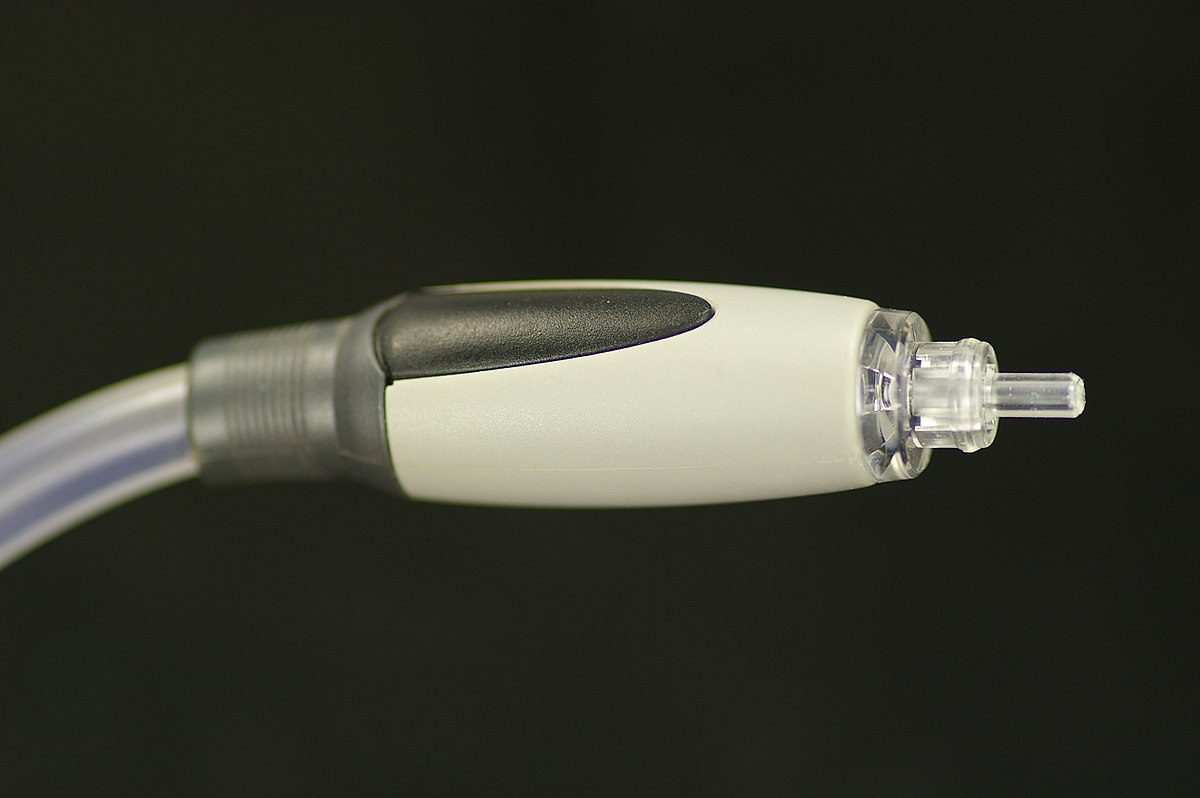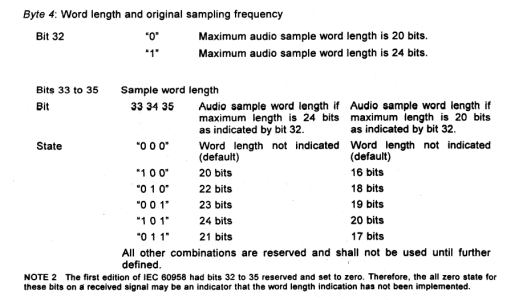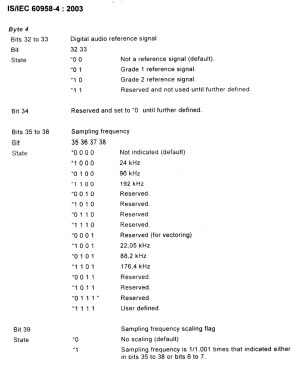When playing FLAC files from my Minimserver media server, which were ripped from my CDs at 44.1 kHz/16 bits, the Wiim pro outputs a 44.1 kHz/ *24* bit PCM stream over optical SPDIF/toslink. I am connecting the Wiim Pro to my Minimserver via the Home Music Server tab in the Wiim Home app on an iPhone, then selecting albums/tracks to play. The optical output goes into a Linn Klimax DSM, and that is what is reporting the higher bit rate. I have the optical output set in the Wiim Pro for a maximum of 192 kHz/24 bits.
Note: when I play FLAC files directly on the Linn DSM from the Minimserver, the bit rate/depth is correctly reported as a 44.1 kHz/16 bit FLAC source.
My guess is that, in decompressing the (lossless) FLAC files, Wiim just puts both 16 bit and 24 bit sources into 24 bits for convenience, setting the least significant 8 bits to zero when the source is 16 bits.
Is this true? Or is something weird going on as Wiim decompresses my FLAC files?
Note: when I play FLAC files directly on the Linn DSM from the Minimserver, the bit rate/depth is correctly reported as a 44.1 kHz/16 bit FLAC source.
My guess is that, in decompressing the (lossless) FLAC files, Wiim just puts both 16 bit and 24 bit sources into 24 bits for convenience, setting the least significant 8 bits to zero when the source is 16 bits.
Is this true? Or is something weird going on as Wiim decompresses my FLAC files?








